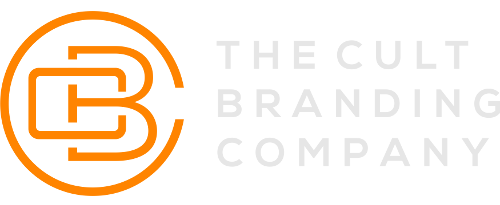Official Apple Cult Brand Profile
Apple Quick Stats Apple Profile Summary Apple Timeline Images by Apple Lovers Videos created by Apple Brand Lovers Presentations about Apple as a Brand Articles related to Apple [table id=8 /] Apple Quick Stats Founders: Steve Jobs, Steve Wozniak, Ronald Wayne Founded: Established on April 1, 1976 in Cupertino, California by Steve Jobs, Steve Wozniak,...

